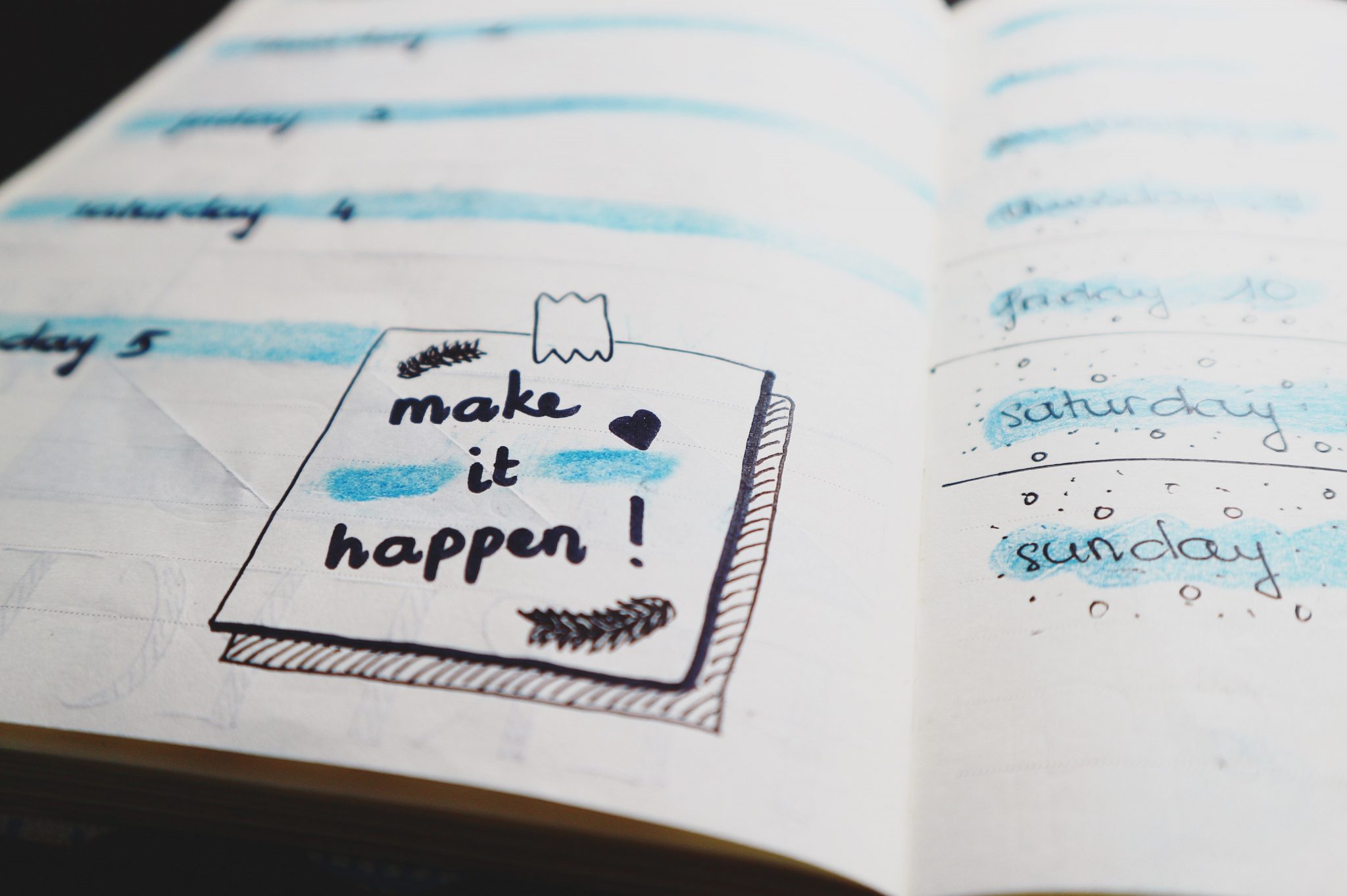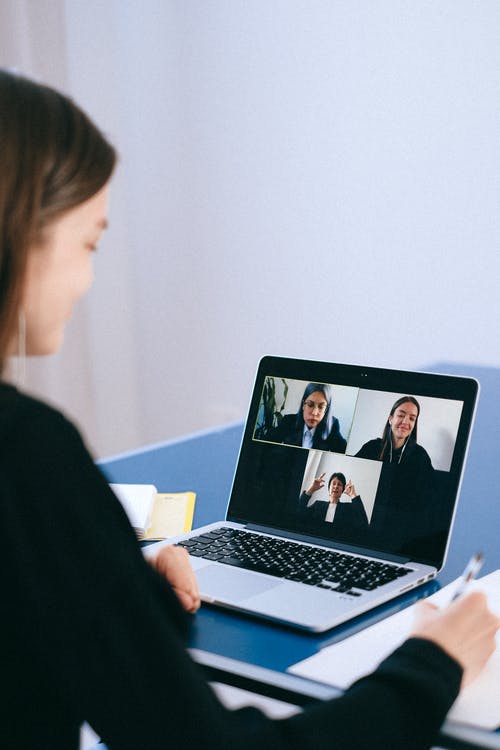
Life is finally getting closer to normal. Even though there have been some Covid-related twists and turns, businesses are beginning to reopen, and customers are once again clamoring for services. If your city is approaching a full reopening, you can expect customers to be rushing to your doors and booking appointments in the near future.
While the sudden influx in business is positive, it brings along a host of challenges. How do you fit in every single appointment without turning anyone away? How do you keep up with the demand? How do you prepare your employees for potential chaos?
You may run a dentist’s office or a hair salon. No matter your business, there are some basic business principles that will help you handle the post-pandemic onslaught with ease. Start by implementing the following:
Review Your Walk-In Policy
Your clientele may have lost a bit of their sense of protocol after a long hiatus during the pandemic. You might find many customers trying to fit into an appointment on very short notice. Some may even walk in requesting to be added to the queue. This behavior is difficult to plan around and can cause a lot of logistical bottlenecks if not handled correctly.
This is a good time to review and potentially revise your walk-in policy. Consider placing a cap on walk-ins and announcing the restrictions to your customers. This will hopefully alert as many people as possible that the best way to get an appointment is through booking in advance. It can eliminate the wave of those who show up unannounced.
A walk-in policy can consist of a maximum of two walk-ins per hour or a set number for the entire day. Your business might be able to fit in a few walk-ins, especially on a slower day. Having a set cap ensures you don’t get overwhelmed.
Automate What You Can
Any office task that you can take out of the hands of your employees will help ease the post-pandemic appointment rush. Your workers will be able to assist more customers when they’re not continuously getting caught up in administrative duties.
Implementing online appointment software should be your top priority if you haven’t set one up already. Making it possible or even required to book an appointment online will keep the phone lines quiet, reducing in-house interruptions. With online appointment software, you can keep track of customer or patient information automatically and even receive payment in advance.
Appointment reminders are another type of automation that will benefit your business. Your system can automatically send out reminders at various intervals to reduce no-show rates and boost punctuality.
Consider Expanding Your Workforce
Post-Covid unemployment levels are still higher than before the virus struck our shores. Although they’re steadily improving, there are still over 9 million people without work. If you’re considering expanding your workforce, now is the time to do it.
Think about the sort of entry-level positions you could open up and how they would be beneficial to your business. For example, seasonal jobs can add an extra set of hands to your payroll. This helps you avoid a long-term commitment that you don’t want to keep once the rush dies down.
You can also look into hiring some full-time personnel to pick up the slack. Out of the 9 million people without a job, there must be someone out there looking for an opportunity that you can provide.
Prepare in Advance
How much preparation does your business need before the doors open each day? If you’re experiencing higher appointment numbers than normal lately, you might need to start those preparations a little earlier than usual.
Let’s say you run a salon that requires guests to have appointments. You may have a huge amount of appointments queued up as customers are ready to get fresh haircuts or pedicures. Offer some overtime pay to have a few people prepare supplies and service areas in advance. This will enable you to serve customers in a timely fashion.
Even making sure that your workforce clocks in well before doors open will help prepares you for the busiest of days. Incorporate timeliness into your training and scheduling so that you’re never caught short-staffed during a time like this.
Leave Room for Error
When handling so many appointments, there are bound to be some bumps in the road. Customers will show up late, appointments will run long, and systems won’t work as designed. Be prepared to right the ship so you can continue to move forward instead of crashing into the rocks.
For starters, make sure you have proper buffer time in between appointments. This gives you some leeway if a customer shows up late or if an appointment runs long. Without buffer time, such situations would cause overlap with other appointments and create messy scheduling conflicts.
Some businesses designate one employee as a “floater” to help handle scenarios like this. The floater’s job is to run between rooms or workstations and assist as needed. They can help answer phones when there are too many calls to process. They can also check in guests to move them into their appointments quickly. They can be a lifesaver in numerous situations.
Remember that having too many paying customers is better than not having enough. As your business pivots to a post-pandemic world, you can streamline how you deal with appointments to help smooth the way.









